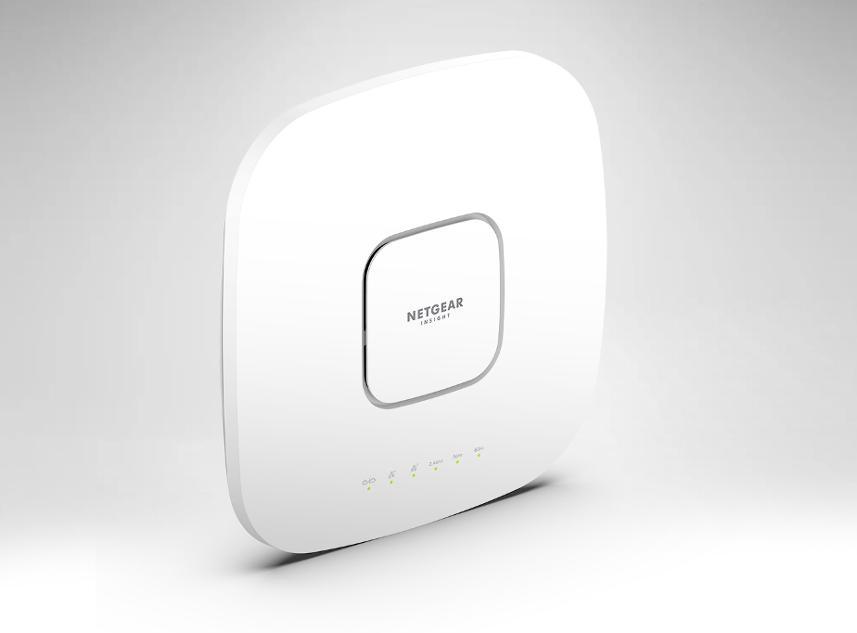Deconstructing the Ecosystem of the Global Gigabit Wi-Fi Market

The global marketplace for high-speed wireless connectivity is a dynamic and highly competitive ecosystem, composed of a complex value chain of hardware manufacturers, software developers, and service providers. The Gigabit Wi--Fi Access Point Market is not a monolithic entity but is best understood by segmenting it along several key dimensions that reflect its diverse applications and customer bases. The most fundamental segmentation is by the Wi-Fi standard, with the market rapidly transitioning from older Wi-Fi 5 (802.11ac) deployments to the far more capable Wi-Fi 6 (802.11ax) and Wi-Fi 6E standards. Another critical segmentation is by deployment environment, which is divided between indoor access points, designed for use in homes, offices, and commercial buildings, and ruggedized outdoor access points, which are built to withstand the elements and provide connectivity in spaces like university campuses, public parks, and industrial yards. The market is also segmented by end-user, with a clear distinction between the enterprise-grade market and the consumer or residential market, each with vastly different requirements for management, security, and scale.
The enterprise segment represents the largest and most lucrative portion of the market, encompassing a wide range of verticals, each with unique connectivity needs. In the corporate sector, gigabit access points are essential for supporting dense device environments, enabling seamless collaboration on cloud-based applications, and providing the robust connectivity required for modern, hybrid workplaces. The education sector, from K-12 schools to large universities, is another major adopter, requiring high-capacity networks to support digital learning platforms, one-to-one device initiatives, and online testing. The healthcare industry depends on high-performance Wi-Fi for mission-critical applications like electronic health records (EHR), telehealth services, and the connection of a growing number of medical IoT devices. Similarly, the hospitality and retail sectors leverage gigabit Wi-Fi to provide a superior guest experience and to power in-store applications like mobile point-of-sale systems and customer analytics. This broad-based demand from diverse enterprise verticals provides a stable and powerful foundation for the market's growth.
On the other side of the market is the consumer or residential segment, which has also seen a massive surge in demand for gigabit-level performance. The modern smart home is a dense network environment, with an ever-increasing number of connected devices, including smartphones, laptops, smart TVs, streaming devices, security cameras, and a host of IoT gadgets. The rise of high-bandwidth activities like 4K and 8K video streaming, competitive online gaming, and the increasing prevalence of remote work and learning from home have made a high-performance Wi-Fi network an essential utility. This has fueled a booming market for consumer-grade gigabit routers and mesh Wi-Fi systems, which are designed to provide seamless, whole-home coverage. While the technical requirements for management and security are less stringent than in the enterprise space, the sheer volume of this market makes it a critical and highly competitive component of the overall gigabit Wi-Fi ecosystem.



